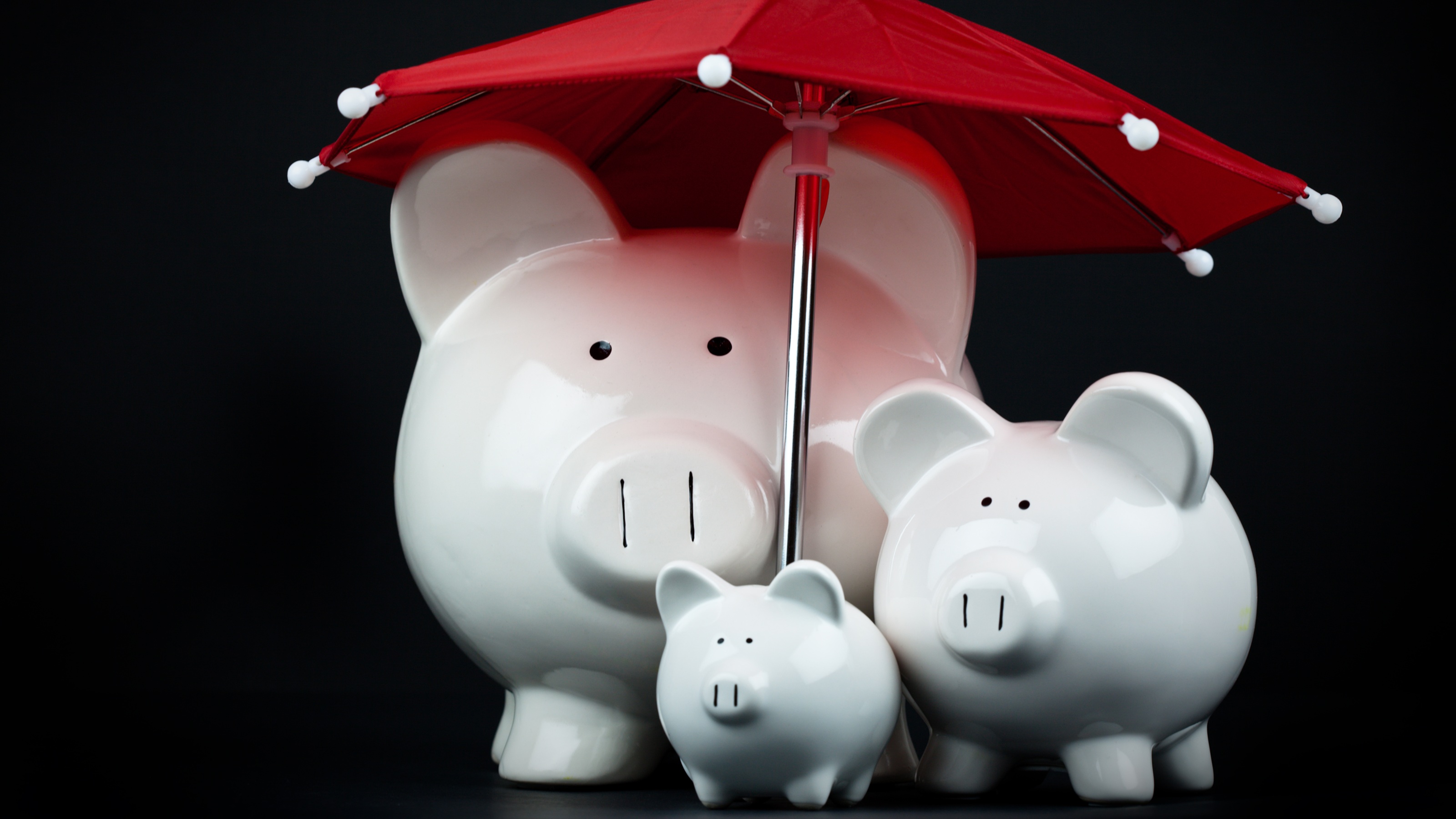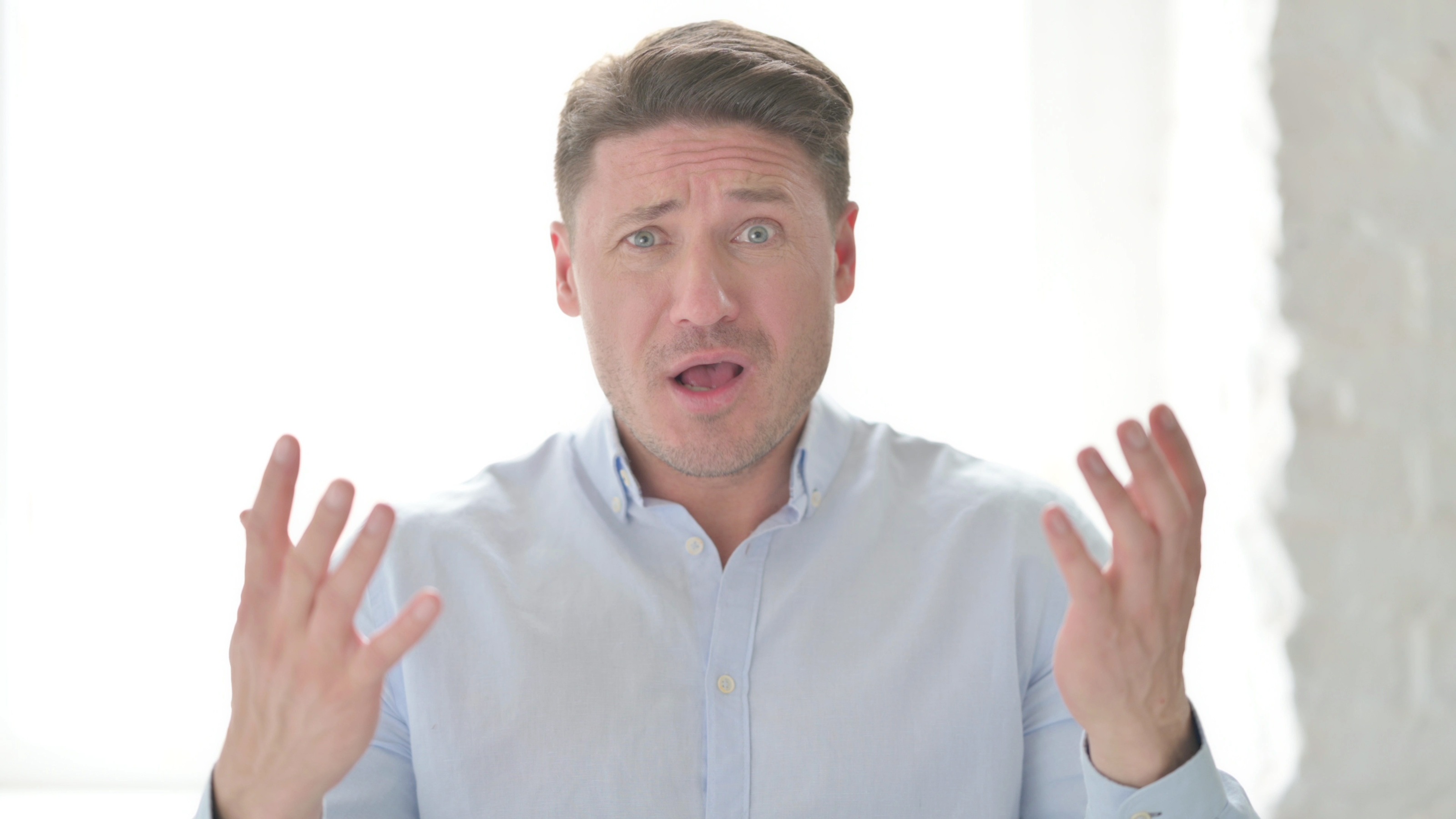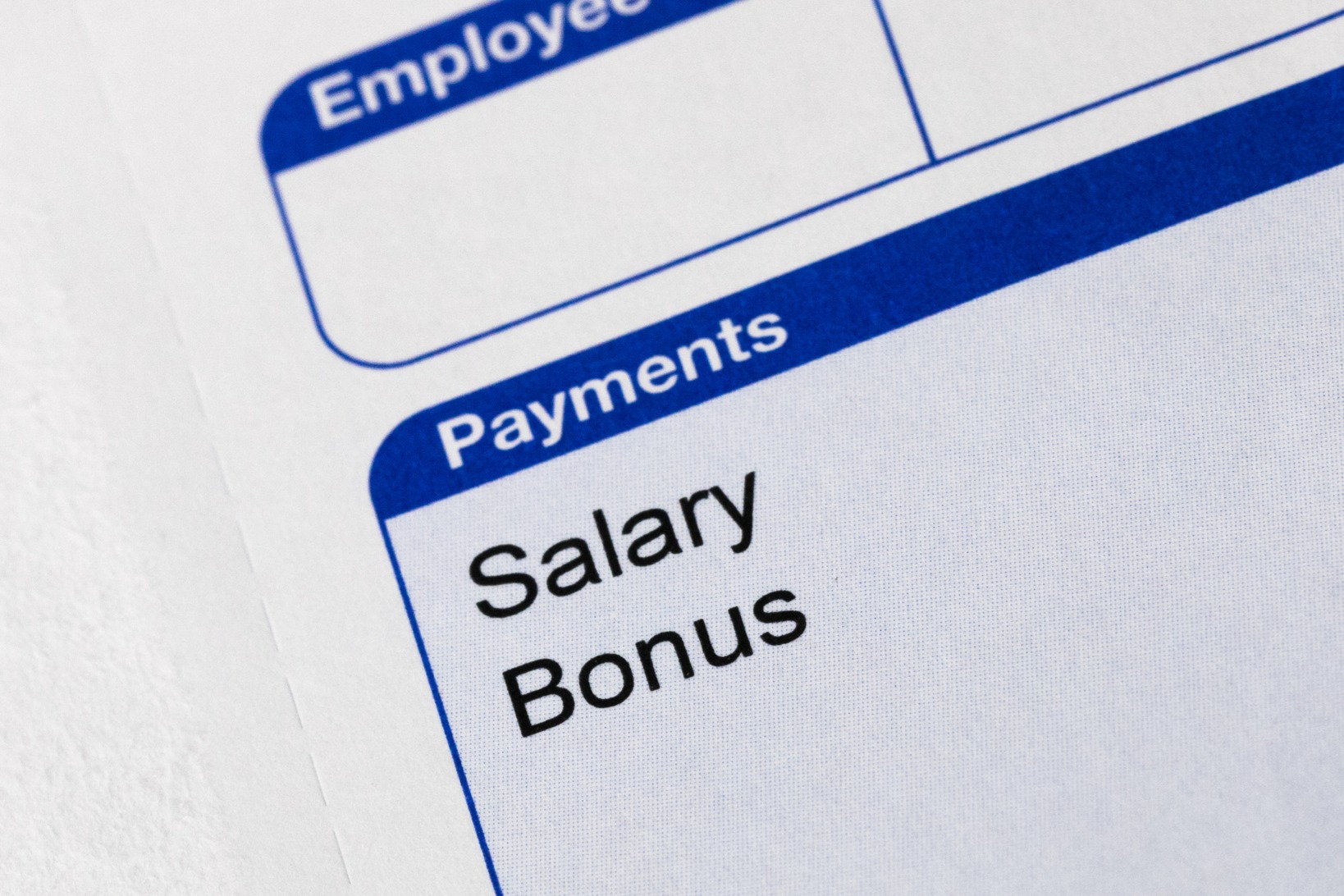The First Few Years of Retirement Can Make or Break Your Portfolio
Sequence-of-returns risk could undo years of careful planning. Here’s how that happens, and a couple of ways to help avoid it.


Many Americans wisely set aside money for the day when they can stop working, kick back, and enjoy the twilight years of their lives.
But be warned: All your careful retirement planning could be tripped up by something known as the sequence-of-returns risk. That is to say, when you retire and start withdrawing money from your accounts, your portfolio balance can be affected not just by how much your investments go up or down, but by when they go up or down.
A Happy Tale of 2 Retirement Savers
To better see why that is so, let’s imagine two investors, Bill and Joe, who are in the accumulation phase of planning for retirement.
From just $107.88 $24.99 for Kiplinger Personal Finance
Be a smarter, better informed investor.

Sign up for Kiplinger’s Free Newsletters
Profit and prosper with the best of expert advice on investing, taxes, retirement, personal finance and more - straight to your e-mail.
Profit and prosper with the best of expert advice - straight to your e-mail.
Each of these two men invests $100,000 in his portfolio and lets the money ride, not withdrawing a single cent for 15 years. Over the course of those 15 years, they experience the same percentage returns on their investments, just not in the same order.
Bill starts out like gangbusters. The first five years, his annual percentage of returns are all in double figures.
Joe’s luck is not so good. His annual returns are on the negative side. All in all, it’s a dreadful first five years for him.
In the middle five years, both men post the same unremarkable but decent returns. Finally, Joe is starting to get into the positive.
Then things get really interesting.
Joe suddenly finds extraordinary market success and his final five years provide him the exact same double-digit returns Bill had starting out. Bill, meanwhile, is experiencing the opposite. His run of good luck is over, and his final five years are negative percentages that mirror exactly Joe’s demoralizing initial years.
So, after 15 years of ups and downs, who came out ahead? Is Bill the winner with his fast start, or did Joe edge him out in the end with that spectacular finish?
The answer is: It’s a tie. In this scenario, the order in which the returns happened is irrelevant. It does not matter that Bill started strong and finished weak, while Joe did the opposite. Since they had the same percentage returns, just in a different order, they would finish with the same portfolio balances.
But that’s true only because they were not touching their money.
A Scary Tale for 1 of Them After He Retires
Now let's put Bill and Joe through that same 15-year scenario with those same returns, but let’s add a new twist. This time the two men have retired and both have decided to withdraw $7,000 annually from their portfolios.
If you suspect things are about to get tricky, you are correct.
This time around, Joe — who starts of his retirement with a run of bad luck in the stock market — hits serious trouble. He is withdrawing money to help with living expenses at the same time that his portfolio is shrinking because of those early negative returns. That means his balance is facing a double whammy, and it’s falling fast.
By the time the final five years arrive, when Joe’s portfolio could make a comeback with big returns down the stretch, it’s too late. His balance has already dropped to zero.
Bill, meanwhile, is in much better shape. His retirement starts with great stock market returns but ends with a series of losses. At the end of the 15 years, even after making all those withdrawals and even with those terrible final five years of negative returns, he would still have a sizable balance remaining in his portfolio.
Once again, the two men started with the same amounts of money and experienced the same returns, just in reverse order. But this time, the situation was fatal for Joe’s portfolio because his bad years came up front. The situation was positive for Bill because he enjoyed a decade of good or great returns before things turned gloomy.
And that is the sequence-of-returns risk in a nutshell. In retirement, early losses can put you in so much of a hole you can’t recover.
Some Ways to Avoid the Sequence-of-Returns Danger
The problem is clear, but what can you do about it? Here are a couple of options:
- Reduce your risk exposure. As you approach retirement, begin to move some of your assets into lower-risk investments, such as bonds. That can help shield a portion of your money from market volatility. But you also give up potential for growth, so you might want to keep a certain amount of your portfolio in aggressive investments.
- Limit how much you withdraw. In this scenario, Joe withdrew the same amount of money every year, regardless of his remaining balance. When managing withdrawals, some people use what is called the 4% rule, where they withdraw 4% the first year, then adjust that amount for inflation in succeeding years. But to try to dodge the sequence-of-returns risk, you instead might need to withdraw a specific percentage of whatever balance is left each year and not worry about accounting for inflation. The downside: That percentage might not provide you as much money as you need.
The scenario with investors Bill and Joe was imaginary, but it’s easy to see how it could play out in real life as you plunge into retirement. How long your money lasts could be affected by how well the market is doing when your retirement begins.
A bull market those first few years would be good news. On the other hand, a bear market to start out could spell disaster. You need to do whatever you can to guard against the latter.
If you don’t want to work out those plans alone, consult with a financial professional. That person can help you sort out ways to reduce the chances that the sequence-of-returns risk will decimate your portfolio – and your retirement along with it.
Ronnie Blair contributed to this article.
The appearances in Kiplinger were obtained through a PR program. The columnist received assistance from a public relations firm in preparing this piece for submission to Kiplinger.com. Kiplinger was not compensated in any way.
Profit and prosper with the best of Kiplinger's advice on investing, taxes, retirement, personal finance and much more. Delivered daily. Enter your email in the box and click Sign Me Up.

Frank Diana, co-founder of Sterling Bridge Financial Group, has more than a decade of experience as a financial professional. He is an investment adviser representative and maintains a Series 65 license. He also received National Social Security Advisor certification. Diana’s firm specializes in retirement planning for retirees and pre-retirees, offering services that include Social Security maximization, tax-mitigation strategies, active investment management and income distribution planning.
-
 Gen X Turns 60: It's Time to Remix Your Retirement Playlist
Gen X Turns 60: It's Time to Remix Your Retirement PlaylistIf you want a worry-free retirement, you can't keep playing the same old song. You need to freshen up your financial strategies, as well as your music.
-
 I'm a Financial Adviser: Here's How a Three-Part Retirement 'Crash Plan' Can Prepare You for Market Turbulence
I'm a Financial Adviser: Here's How a Three-Part Retirement 'Crash Plan' Can Prepare You for Market TurbulenceHaving a plan ready to go when markets get wild — covering how you'll handle income, rebalancing and taxes — can be the ultimate retirement secret weapon.
-
 Here's How to Plan This Year's Roth Conversion, From a Wealth Manager
Here's How to Plan This Year's Roth Conversion, From a Wealth ManagerWhile time is running out to make Roth conversions before the end of the taxable year, consider taking your time and developing a long-term strategy.
-
 Four Times You Need a Second Opinion on Your Financial Plan
Four Times You Need a Second Opinion on Your Financial PlanIs your financial plan fit for purpose — or is your adviser peddling an outdated strategy? When you see these red flags, it's time for a second opinion.Evan
-
 'But It's Not My Fault!': Your Insurance Company Absolutely Will Blame You in These Five Scenarios
'But It's Not My Fault!': Your Insurance Company Absolutely Will Blame You in These Five ScenariosInsurance companies care about 'fault' in more ways than you think — from payment mishaps to your neighbor's landscaping — so it's on you to manage the risks.
-
 How to Calm Your Retirement Nerves When It's Time to Shift from Savings Mode to Spending Mode
How to Calm Your Retirement Nerves When It's Time to Shift from Savings Mode to Spending ModeTransitioning from saving to spending in retirement can be tricky, but devising a strategic plan can help ensure a smooth and worry-free retirement.
-
 Why Wills and Trusts Aren't Enough in the Great Wealth Transfer, From an Attorney Who Knows
Why Wills and Trusts Aren't Enough in the Great Wealth Transfer, From an Attorney Who KnowsFamilies need to prepare heirs through communication and financial know-how, or all that money could end up causing confusion, conflict and costly mistakes.
-
 Private Markets for Main Street: What Financial Advisers' Clients Need to Know
Private Markets for Main Street: What Financial Advisers' Clients Need to KnowWith product innovation 'democratizing' private market access for everyday investors, advisers must step up their game to educate clients on the pros and cons.

